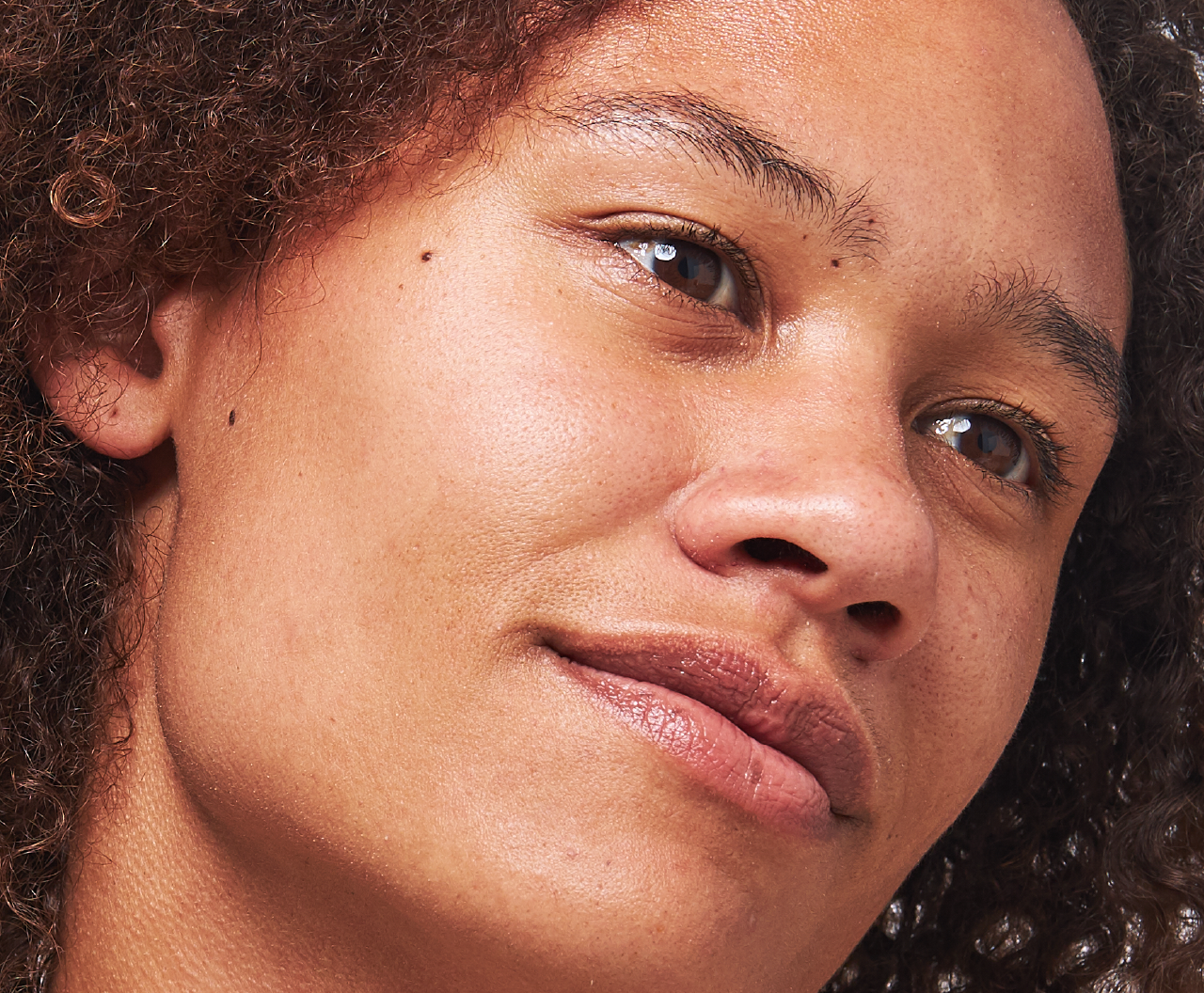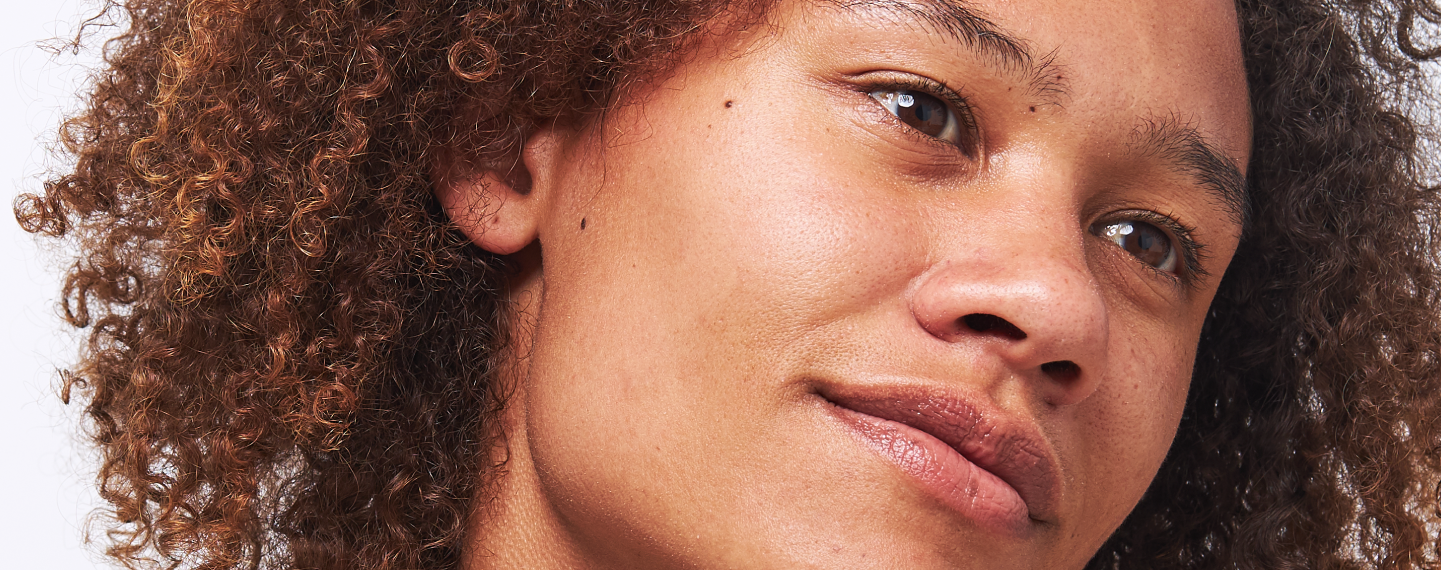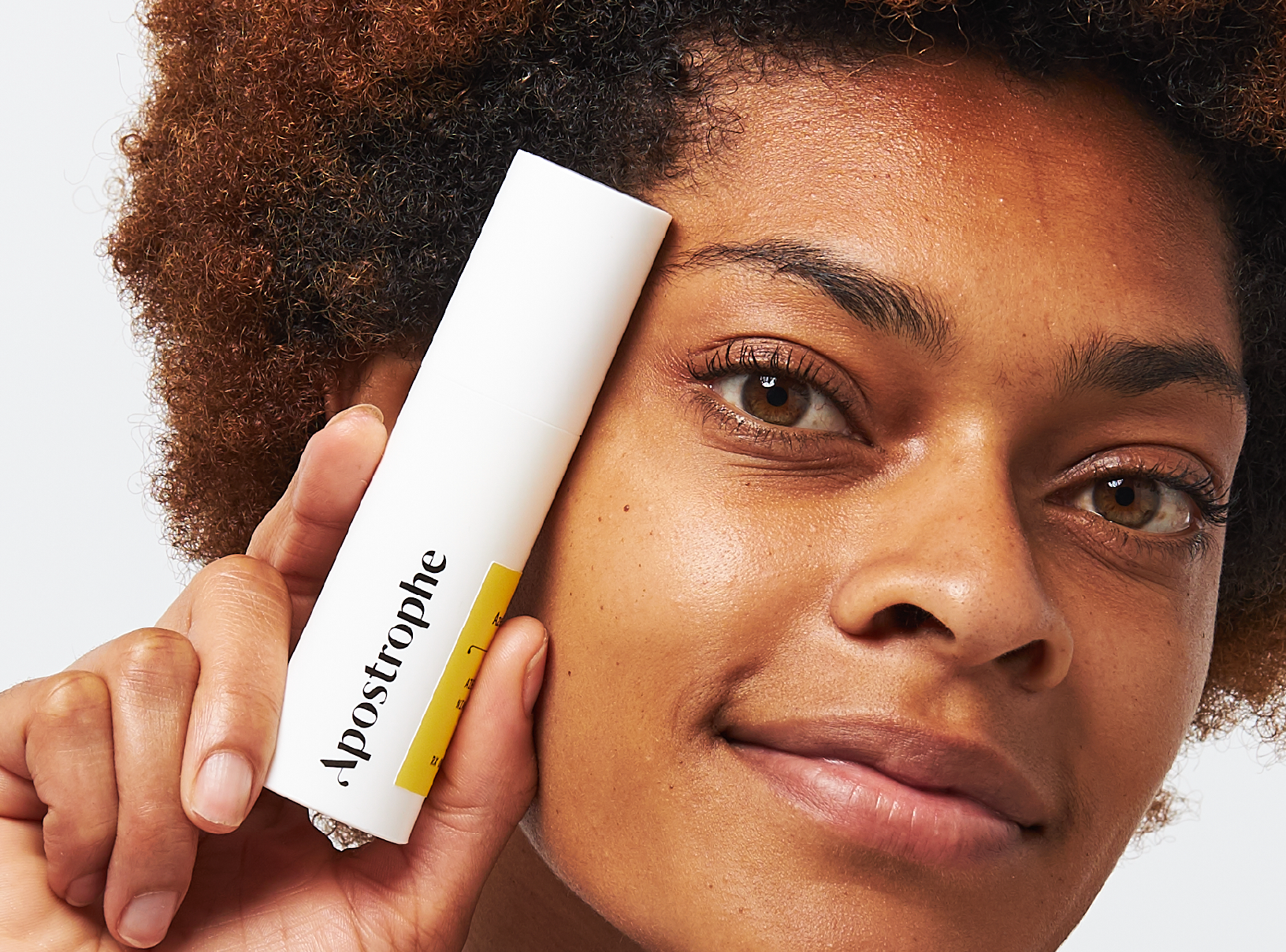Education
Laser skin resurfacing: Everything you need to know


SHARE
Education
Laser skin resurfacing: Everything you need to know
Medically reviewed by Kristin Hall, FNP
Written by Apostrophe Team
Last updated 4/1/2024
Laser skin treatments can sound a little counter-intuitive.
After all the years we’ve been reminded of the dangers of radiation, of the dangers of excessive sun exposure, and of how damaging burns are on your skin, the idea that you should pay someone to go at blemishes and scars with a powerful laser pointer might not make a lot of sense.
But laser resurfacing isn’t some crazy mad scientist with a lightsaber—it’s actually an impressively honed technique for using medical grade laser tools to zap away the signs of wear and tear on your skin, while energizing the underlying tissue to grow and heal firmer, healthier, and blemish free.
Laser skin resurfacing isn’t anywhere near a miracle cure, but when used effectively it’s a powerful and effective tool for giving your better looking skin, with minimal side effects.
What is Laser Skin Resurfacing?
Lasers have a lot of beneficial uses in the medical world, from removing hair and regrettable tattoos, to fixing your vision. And they’re great for scars and signs of aging, too.
In resurfacing, the laser is used to remove layers of skin, resulting in the reduction of hypopigmentation (lightened skin, which can be caused by wrinkles, scars, or other surface irregularities.
According to the American Society of Plastic Surgeons, laser resurfacing can also improve chickenpox scars, sun damage, liver spots, warts, birthmarks, and enlarged oil glands.
Depending on where you’re seeking treatment, laser skin resurfacing might go by other names, like lasabrasion, laser peel, or even laser vaporization.
The added benefit of laser resurfacing is that it can also have secondary benefits that come from exposing fresh skin cells, namely increased collagen, which can lead to the development of tighter skin.
How it Works
Laser skin resurfacing is actually two functions, which can be separately understood as ablative and non-ablative resurfacing.
Ablative resurfacing actually uses the laser to remove skin, literally zapping away the outer layer of the epidermis with short, concentrated pulses of light.
Zapping away the outer layer of skin is great, but a secondary function is the non-ablative part of the process. Non-ablative laser skin resurfacing heats the underlying dermis layers, which can stimulate collagen development. This treatment is offered separately as well, without the ablative component.
A 2012 review found that ablative lasers offered better results for most procedures to reduce photoaging, scarring, and pigmentation, at the expense of more side effects, while non-ablative treatments were less effective with fewer complications.
Regardless of which type of resurfacing you use, the eventual effect will be the same: as the new skin forms, it will be smoother and firmer.
Side Effects, Down Sides, Etc.
The downside of laser skin resurfacing is also one of its benefits: it works in incredibly small areas at a time, which means less redness and quicker healing, but if you’ve got a lot of work to be done, you might want to consider alternatives.
Still, side effects are usually mild with laser skin resurfacing—redness and mild irritation are occasionally reported. About a week after the treatment, it’s normal for the skin to dry and peel.
In all, most symptoms are similar to what you’d experience from a sunburn, and they can vary similarly. In rare cases, it might take on the appearance of a severe sunburn, with raw skin that may ooze or even blister. If this happens, it’s important not to pick at or scratch any blisters or scabbing as it may cause scarring.
But even mild side effects will require after care. Your plastic surgeon will have a cleaning regimen for you to perform several times a day, and will advise you to use protective treatments and sunscreen even after initial healing seems to be completed. You may also be directed to use moisturizers.
It’s also important to note that individual skin types and the particular issue you’re trying to address may require different lasers and different techniques. Fractional, CO2, and other variations of the type of laser world present different cost/benefit scenarios depending on your individual needs. Consult a dermatologist to learn more.
Costs
Maybe we should have put this in the Side Effects and Down Sides category, but the price of laser resurfacing can be pretty steep. According to the American Society of Plastic Surgeons, the cost of laser skin resurfacing (ablative) averaged $1,963 in 2019 (non-ablative costs were lower, around $1,201).
Furthermore, that cost did not reflect other fees and expenses that may be included, but rather just the skin resurfacing procedure itself. You might also be charged for things like anesthesia and medications.
The ASPS also cautioned that prices varied based on the market, the qualifications of the person performing the procedure, and the actual scope of the procedure. In other words, a little quick work on shallow smile lines is going to have a different rate than deep forehead creases will.
The good news is that for many patients, a single treatment will yield results. This isn’t one of those multiple-appointment experiences. That said, laser skin resurfacing may also be repeated from time to time (you’re going to continue to age), so you might end up returning for further treatments in the future.
Final Thoughts
If you have lines, acne, or other scars, or discolorations that you’re self-conscious about, laser skin resurfacing presents a safe and effective way to remove or reduce their appearance. While it can be an expensive procedure, it produces significant results.
Because it’s a serious procedure, you might consider other options first. Those might include collagen supplements or retinoids like tretinoin. Tretinoin also has significant benefits as an acne and anti-aging treatment, or chemical peels.

PRESCRIPTION TRETINOIN
Target acne, dark spots, and signs of aging with this science-backed ingredient.
If you’re considering laser skin resurfacing, consult a dermatology provider to see if it may be right for you.
References:
https://www.plasticsurgery.org/cosmetic-procedures/laser-skin-resurfacing/recovery
https://my.clevelandclinic.org/health/treatments/11015-laser-skin-resurfacing
https://www.health.harvard.edu/womens-health/ways-to-preserve-youthful-skin-without-cosmetic-surgery
Like what you just read? Sign up for our email list to get the scoop on skincare science delivered straight to your inbox.

Education
What is milia?
What is milia? Today, we’re jumping into one type of bump that you may have heard about most commonly in infants — milia.
Read More
Education
Best moisturizer for acne-prone skin
If you have combination acne-prone skin, figuring out which moisturizer is best for your skin might be tough. In this guide, we break down the best moisturizer for combination, acne-prone skin.
Read More
Education
How to build a face care routine
As you get into skincare, it might seem overwhelming, especially trying to figure out the order you're supposed to apply products in. Below, we detail how to build a face care routine for your skin!
Read More